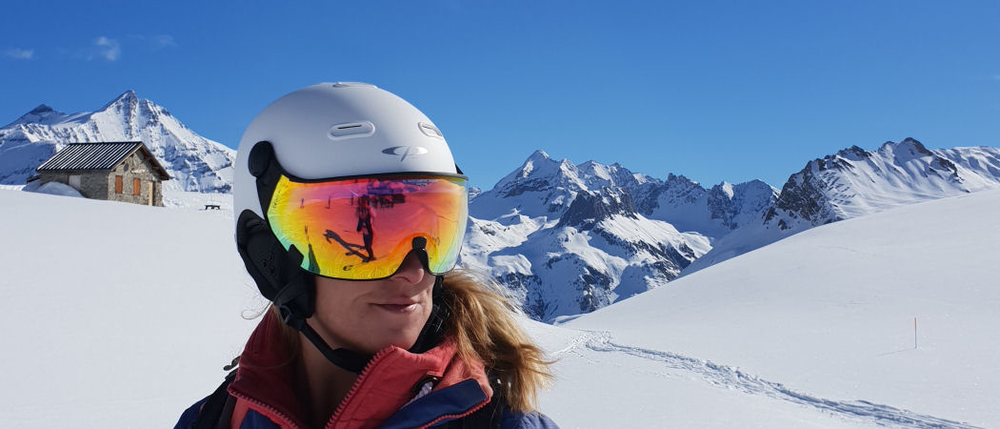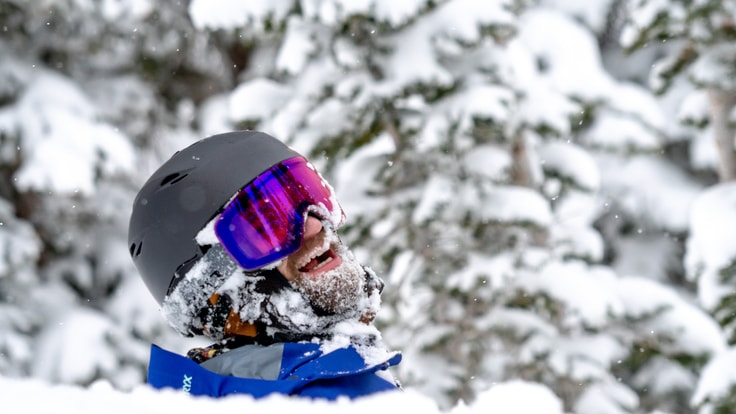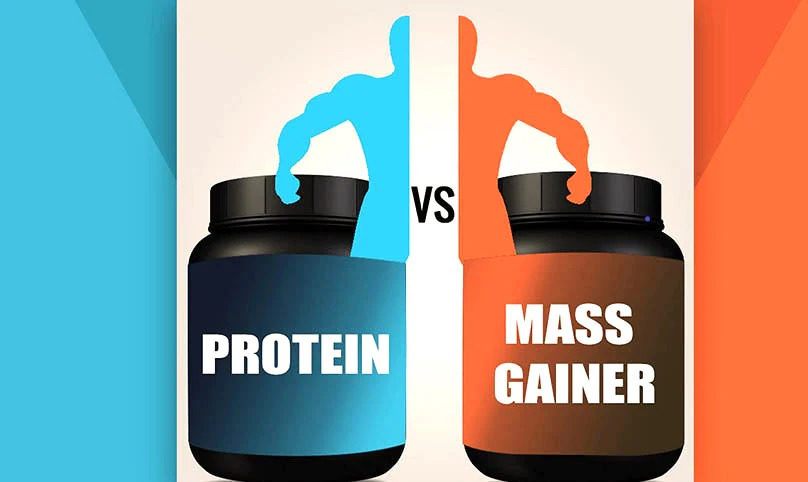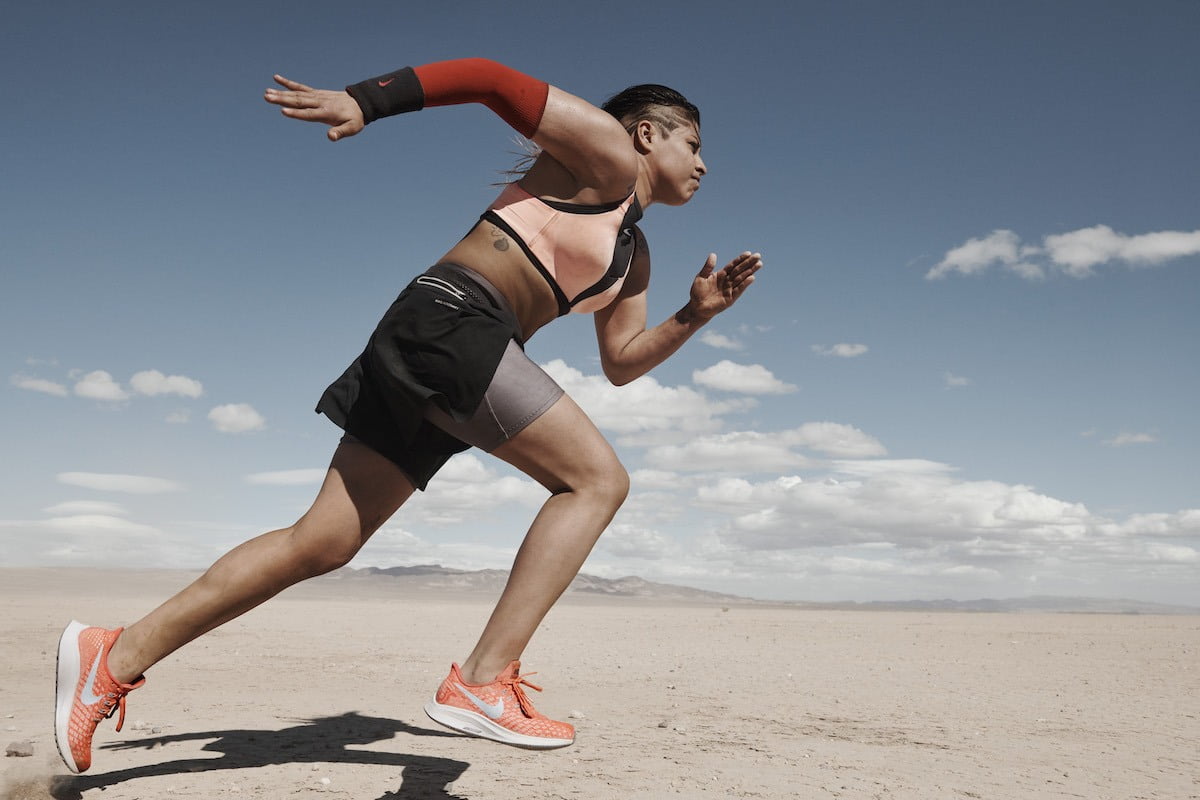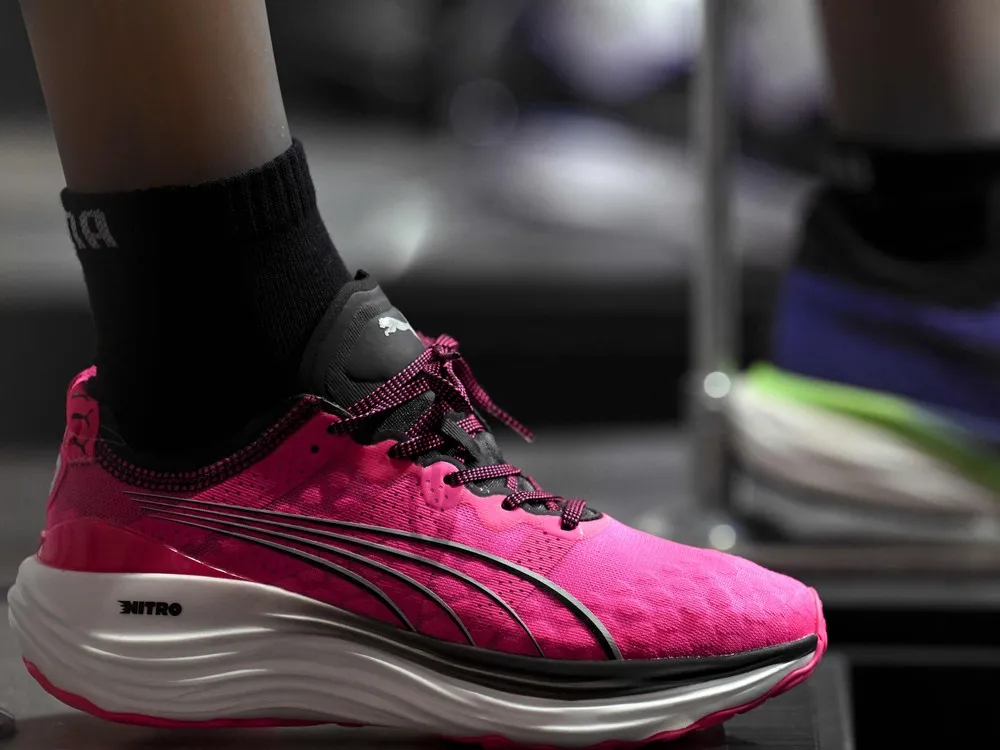As skiing continues to gain popularity, understanding the essential gear and equipment is crucial for safety and performance on the slopes. This article provides a comprehensive overview of the key features to consider when selecting ski goggles and helmets, as well as the important safety standards and certifications that ensure your gear meets the necessary protection requirements. By focusing on innovative technologies in ski equipment, you’ll discover how advancements enhance your skiing experience, making it safer and more enjoyable.
In this article you will find:
Choosing the Right Goggles for Optimal Vision and Comfort
When it comes to skiing, vision and comfort are paramount for an enjoyable experience on the slopes. The right pair of ski goggles can enhance your visibility in varying weather conditions, protect your eyes from harmful UV rays, and provide comfort during long hours of skiing. With so many options available, how do you choose the right goggles? This guide will help you navigate through essential features, lens types, and fit considerations to ensure you find the perfect pair for your winter adventures.
Understanding Lens Types
The lens is arguably the most critical component of ski goggles. Different lens types cater to various conditions, and understanding these options will help you make an informed choice:
- Clear Lenses: Ideal for night skiing or low-light conditions, clear lenses provide maximum visibility without tinting.
- Dark Tinted Lenses: Best for bright, sunny days, these lenses reduce glare and protect your eyes from excessive light.
- Photochromic Lenses: These lenses automatically adjust their tint based on the light conditions, making them versatile for changing weather.
- Mirrored Lenses: Featuring a reflective coating, mirrored lenses help reduce glare and are perfect for bright, sunny conditions.
Choosing the right lens type based on the expected weather conditions during your ski trip is crucial for optimal vision.
Lens Technology and Features
Modern ski goggles come equipped with various technologies designed to enhance performance and comfort:
- Anti-Fog Coating: Look for goggles with an anti-fog treatment to prevent moisture buildup on the inside of the lens, ensuring clear vision.
- UV Protection: Ensure the goggles offer 100% UV protection to shield your eyes from harmful rays, especially at higher altitudes.
- Ventilation Systems: Goggles with proper ventilation help regulate airflow, reducing fogging and maintaining comfort during your runs.
These features not only improve visibility but also enhance the overall skiing experience, allowing you to focus on the slopes rather than adjusting your gear.
Finding the Right Fit
Comfort is equally important when selecting ski goggles. A proper fit prevents discomfort and distractions while skiing. Consider the following:
- Face Shape: Goggles come in various shapes and sizes. Ensure you try them on to find a pair that fits snugly against your face without gaps.
- Strap Adjustability: Look for adjustable straps that can be tailored to fit your helmet or head size comfortably.
- Foam Padding: Soft foam padding around the goggles provides comfort and creates a seal against the elements.
Taking the time to find a pair that fits well will enhance your comfort and performance on the slopes.
Style and Compatibility
While performance is crucial, style should not be overlooked. Ski goggles come in various designs, colors, and styles, allowing you to express your personality. Additionally, ensure that your goggles are compatible with your ski helmet. Many brands offer models designed to fit seamlessly with their helmets, providing a secure fit and preventing gaps.
For more information on the latest technologies and styles in ski goggles, you can visit Skiing Magazine, which provides comprehensive reviews and guides on ski equipment.
By considering lens types, technology, fit, and style, you can confidently choose the right goggles that will enhance your skiing experience, allowing you to focus on enjoying the slopes safely and comfortably.
Key Features to Look for in Ski Helmets
When hitting the slopes, safety should always be your top priority, and a ski helmet is an essential piece of equipment for ensuring that safety. However, not all helmets are created equal. To help you make an informed decision, this guide will outline the key features to look for in ski helmets, ensuring you find one that provides optimal protection, comfort, and style.
Safety Certifications
The first thing to consider when choosing a ski helmet is its safety certification. Helmets should meet specific standards to ensure they provide adequate protection:
- ASTM F2040: This certification is recognized in the United States and indicates that the helmet has been tested for impact resistance and safety.
- CE EN 1077: A European standard that assesses the performance of helmets, ensuring they can withstand impacts and provide sufficient protection.
Always check for these certifications when purchasing a helmet, as they are crucial indicators of quality and safety.
Construction and Material
The materials used in a helmet’s construction significantly impact its durability and protective capabilities. Common materials include:
- In-Mold Construction: This method fuses the outer shell with the foam liner, creating a lightweight and durable helmet that absorbs impacts effectively.
- Injection-Molded Shell: A more robust option, these helmets have a hard outer shell that provides enhanced protection but may weigh more than in-mold helmets.
Choosing the right construction type depends on your skiing style and the level of protection you require.
Fit and Comfort
A well-fitting helmet is crucial for both safety and comfort. Consider the following when assessing fit:
- Size Adjustability: Look for helmets with adjustable sizing systems, such as dial or strap mechanisms, that allow you to customize the fit for maximum comfort.
- Padding: Helmets should have adequate padding to provide comfort during extended wear. Removable and washable liners are also a plus for hygiene.
Testing the fit is essential—try on several models to find one that feels secure without being too tight.
Ventilation Systems
Proper ventilation is key to maintaining comfort while skiing. A good ventilation system helps regulate temperature and prevents overheating:
- Adjustable Vents: Helmets with adjustable vents allow you to control airflow based on weather conditions and your activity level.
- Passive Ventilation: Some helmets feature fixed vents that provide consistent airflow, helping to keep you cool and comfortable.
Choosing a helmet with an effective ventilation system can enhance your skiing experience by keeping you comfortable throughout the day.
Integrated Technology
Many modern ski helmets come equipped with advanced technology to enhance safety and convenience:
- Audio Systems: Integrated audio systems allow you to listen to music or take calls without removing your helmet, making for a more enjoyable skiing experience.
- Bluetooth Connectivity: Some helmets offer Bluetooth capabilities for hands-free communication, adding a layer of convenience while on the slopes.
These features can significantly improve your experience, allowing you to stay connected while prioritizing safety.
Style and Design
While safety and comfort are paramount, you shouldn’t overlook style. Ski helmets come in various designs, colors, and finishes, allowing you to express your personality on the slopes. Whether you prefer a classic look or something more modern, there’s a helmet out there that fits your style.
For more information on the latest ski helmet trends and safety features, visit Skiing Magazine, which provides expert reviews and insights into the best ski helmets available.
By considering safety certifications, construction materials, fit, ventilation, integrated technology, and style, you can confidently select a ski helmet that will keep you safe and comfortable, allowing you to focus on enjoying your time on the slopes.
Safety Standards and Certifications for Ski Gear
When it comes to skiing, safety is non-negotiable. Understanding the various safety standards and certifications for ski gear is essential for ensuring that your equipment meets the necessary safety requirements. This guide will delve into the key standards that govern ski helmets, goggles, and other essential gear, helping you make informed choices for a safe and enjoyable experience on the slopes.
Importance of Safety Standards
Safety standards are established guidelines that manufacturers must adhere to in order to ensure their products provide adequate protection. These standards are crucial because they:
- Minimize Risk: By adhering to established safety protocols, ski gear can effectively reduce the risk of injury during accidents.
- Enhance Performance: Gear that meets safety standards is often tested for performance under various conditions, ensuring reliability.
- Build Consumer Confidence: Knowing that a product has been certified can give skiers peace of mind when hitting the slopes.
Key Certifications for Ski Helmets
Helmets are one of the most critical pieces of safety equipment for skiers. Here are the primary certifications to look for:
- ASTM F2040: This certification is specifically for ski and snowboard helmets in the United States. It assesses impact resistance and penetration, ensuring that the helmet can withstand significant force during falls.
- CE EN 1077: A European standard that evaluates the performance of helmets. It includes two categories: Class A (for all-mountain use) and Class B (for less demanding conditions), focusing on impact protection and durability.
- Snell Memorial Foundation: This certification provides an additional layer of testing, focusing on the helmet’s ability to absorb energy during impact. Helmets with this certification offer enhanced protection for high-impact sports.

Standards for Ski Goggles
While helmets are vital for head prote
ction, ski goggles also play a crucial role in safety by protecting the eyes from UV rays, wind, and debris. Important certifications include:
- ANSI Z87.1: This standard applies to eyewear and ensures that goggles are tested for impact resistance and optical quality. It is essential for ensuring that goggles can withstand falls and collisions.
- ISO 12312-1: This international standard assesses the optical and UV protection qualities of eyewear, ensuring that goggles provide adequate protection from harmful rays.
Certification for Other Ski Gear
In addition to helmets and goggles, other ski gear also requires certification to ensure safety:
- Ski Bindings: Look for certifications like ISO 5355, which ensures that bindings are tested for release characteristics and performance under various conditions.
- Clothing: Ski apparel should meet standards for insulation and waterproofing, with certifications like EN 343 for protective clothing against rain and EN 13537 for sleeping bags that indicate thermal performance.
Where to Find Certified Gear
When shopping for ski gear, it’s essential to purchase from reputable retailers and brands that prioritize safety. Look for labels or tags that indicate the relevant certifications. Additionally, many manufacturers provide information on their websites about the safety standards their products meet.
For more detailed information on ski gear safety st
andards and certifications, consider visiting the Ski Injury Prevention website, which offers valuable insights into safety practices and gear recommendations.
By understanding and prioritizing safety standards and certifications for your ski gear, you can enhance your protection on the slopes and enjoy your winter adventures with confidence. Make informed choices that prioritize your safety and well-being while skiing.
Innovative Technologies Enhancing Ski Equipment Performance
As the world of skiing continues to evolve, so does the technology behind ski equipment. Innovative advancements are not only improving performance but also enhancing safety, comfort, and overall enjoyment on the slopes. This article explores some of the latest technologies that are transforming ski gear and helping skiers of all levels maximize their experience.
Smart Helmets
One of the most exciting developments in ski equipment is the emergence of smart helmets. These helmets integrate technology to enhance safety and connectivity:
- Built-in Communication Systems: Many smart helmets come equipped with Bluetooth technology, allowing skiers to communicate with friends, listen to music, or receive GPS directions without removing their helmets.
- Impact Sensors: Some models feature sensors that can detect when a helmet has been involved in an impact. This technology can alert emergency contacts or track the skier’s location, providing an added layer of safety.
Smart helmets represent a significant leap forward in combining safety with technology, making them a valuable addition to any skier’s gear.
Enhanced Goggle Technology
Goggles have also seen significant advancements, particularly in lens technology:
- Photochromic Lenses: These lenses automatically adjust their tint based on light conditions, providing optimal visibility whether it’s sunny or overcast.
- Anti-Fog Treatments: Advanced anti-fog coatings and ventilation designs help prevent fogging, ensuring clear vision throughout the day.
- Heads-Up Displays: Some high-end goggles feature augmented reality displays that provide real-time data on speed, altitude, and navigation, allowing skiers to stay informed without looking at their phones.
These enhancements make modern goggles not just protective gear, but also multifunctional tools that improve the skiing experience.
Advanced Ski Bindings
Bindings are a critical component of ski performance, and recent innovations have made them safer and more efficient:
- Automatic Release Mechanisms: New binding systems can automatically release during a fall to reduce the risk of injury, adjusting to the skier’s weight and skiing style.
- Micro-Adjustable Settings: Many bindings now offer precise adjustments for DIN settings, allowing for a tailored fit that can accommodate different skiing styles and conditions.
These advancements ensure that skiers can enjoy a more responsive and safer ride, especially in challenging terrain.
Lightweight and Durable Materials
The materials used in ski equipment have undergone significant changes, leading to lighter and more durable gear:
- Carbon Fiber: This lightweight yet strong material is increasingly used in ski construction, providing improved performance without adding weight.
- Advanced Foam Liners: Helmets now often feature advanced foam materials that offer better shock absorption while being lighter than traditional materials.
These innovations not only enhance performance but also reduce fatigue, allowing skiers to enjoy longer days on the mountain.
Smart Ski Technology
In addition to gear, skiing itself is becoming more high-tech with the introduction of smart ski technology:
- Performance Tracking Devices: Wearable devices can track skiing metrics such as speed, distance, and vertical drop, providing valuable insights for improvement.
- GPS Navigation: Some skis come with built-in GPS systems that allow skiers to navigate trails and receive alerts for weather changes or avalanche risks.
These technologies help skiers enhance their skills while ensuring safety and awareness of their surroundings.
For further insights into the latest advancements in ski technology, consider visiting Skiing Magazine, which regularly updates readers on the newest innovations in ski equipment.
By embracing these innovative technologies, skiers can enhance their performance, improve safety, and enjoy a more fulfilling experience on the slopes. As the industry continues to evolve, staying informed about the latest advancements will help you make the most of your time on the mountain.
When selecting ski equipment, prioritize safety by looking for certified gear. For helmets, ensure they meet ASTM F2040 or CE EN 1077 standards for impact resistance. Goggles should have ANSI Z87.1 certification for optical quality and impact resistance. Additionally, consider features like adjustable ventilation in helmets and anti-fog coatings in goggles to enhance comfort and visibility while skiing.
Innovative technologies are revolutionizing ski gear, with smart helmets offering communication systems and impact sensors for added safety. Enhanced goggle technology includes photochromic lenses and heads-up displays for real-time data. Look for lightweight materials, such as carbon fiber, in skis and bindings for improved performance. Embracing these advancements can significantly enhance your skiing experience while ensuring safety on the slopes.

